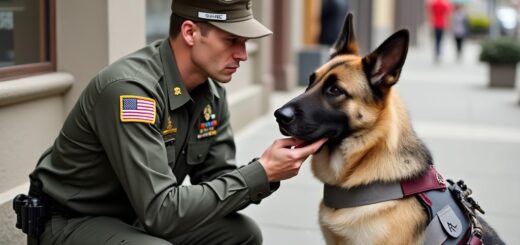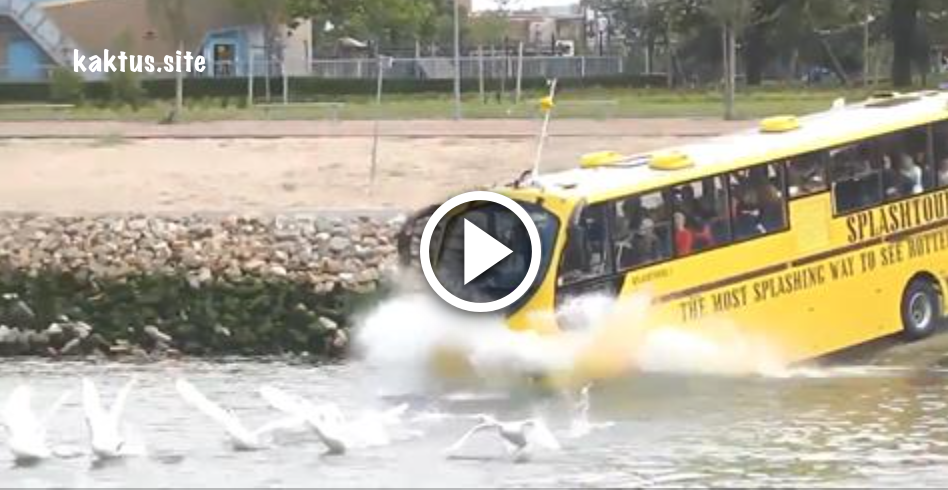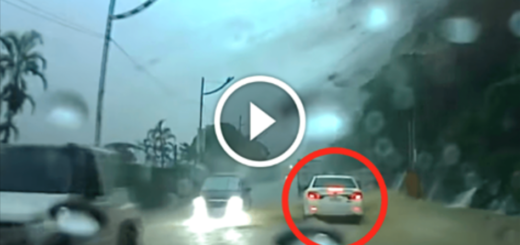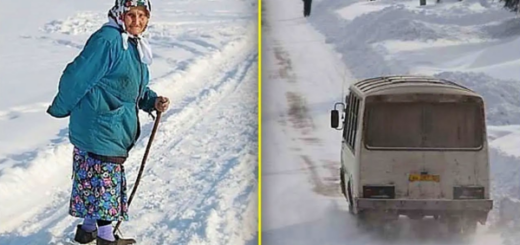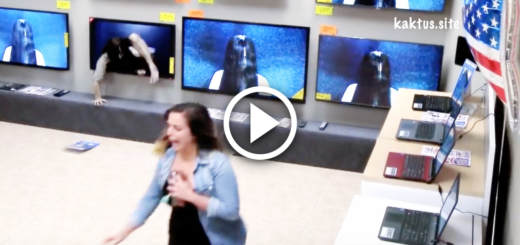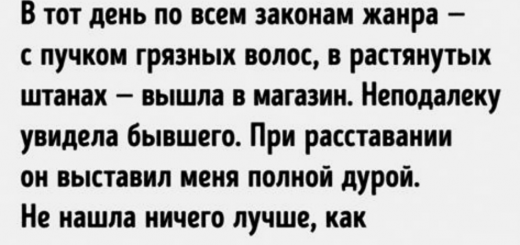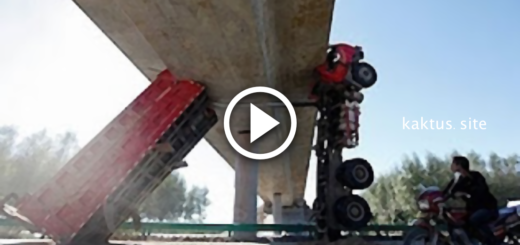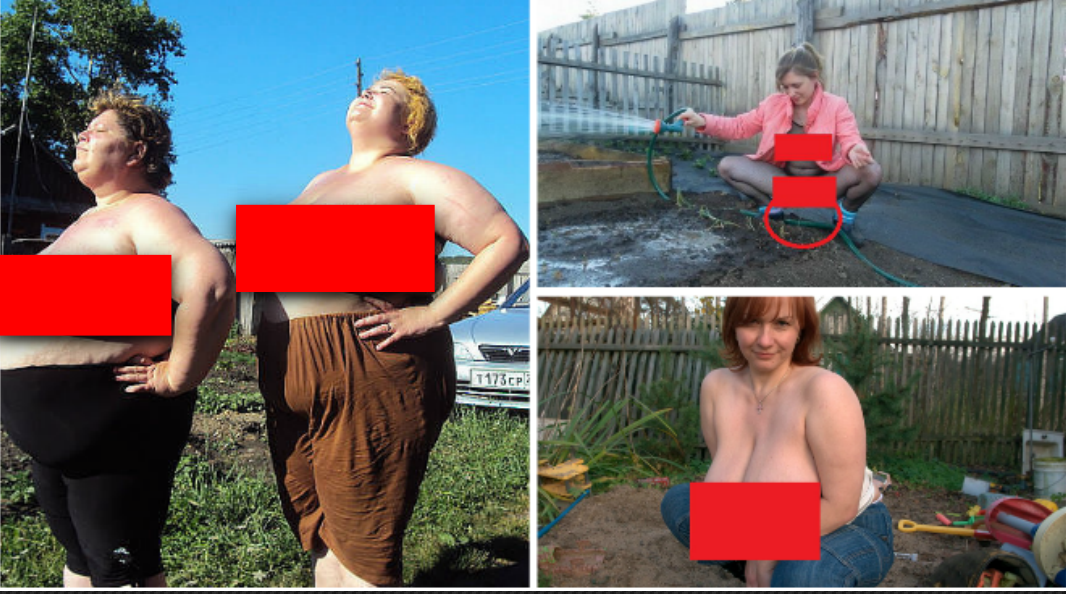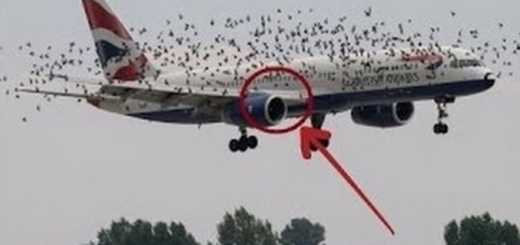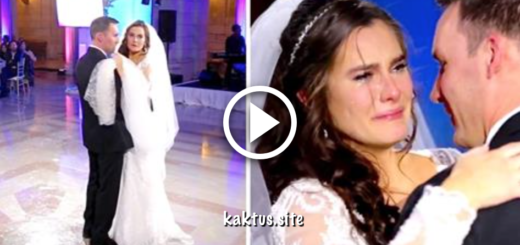Imagine this: 381 Navy SEALs trapped in a valley, ammo running dry, enemy closing in from every ridge. Command had already started writing the loss report. But in that moment, when every rule said to stand down, one young pilot refused to accept defeat. Today’s story is about Captain Delaney Thomas, a 26-year-old A-10 pilot they said was «too emotional, too untested.» Yet when the valley turned into a tomb, she drew a new line on the map and brought every single man home alive.
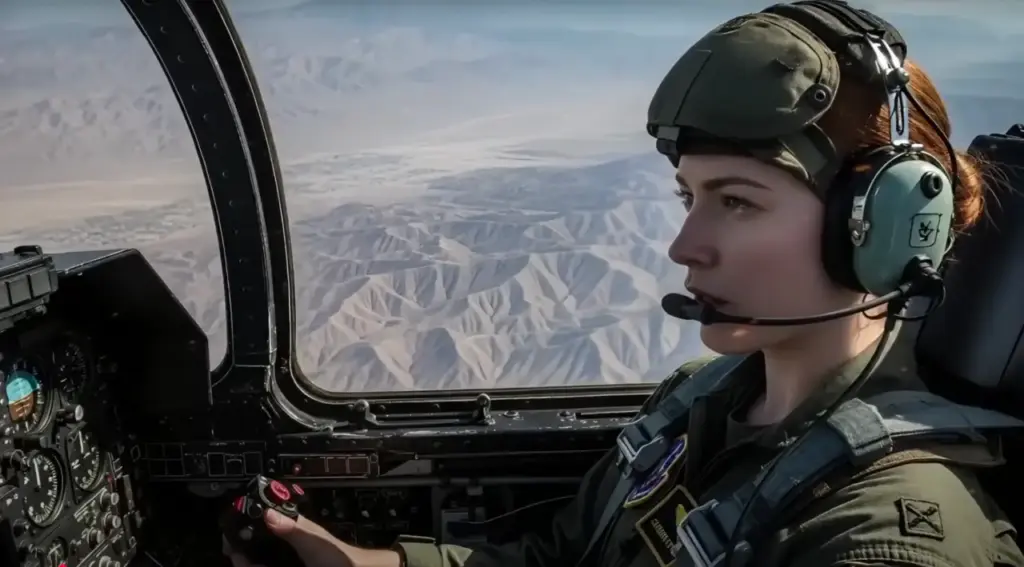
381 Navy SEALs were trapped in a valley that had turned into a kill box. Helicopters couldn’t get in. F-16s couldn’t shoot danger close.
Command quietly began to draft the loss report. One person refused to accept it: Captain Delaney Thomas, a 26-year-old A-10 Thunderbolt II pilot, Irish-born and considered «too emotional» by the men who kept her on logistics duty.
She was small beside her Warthog, but she knew the airframe better than anyone on base. The A-10’s 30-millimeter GAU-8 could write its name in steel. In the right hands, it could thread a needle at 50 meters.
They said she didn’t have the hands. At 6:30 in the morning, the flight line baked under the Afghan sun. Major Sanderson told her again that she wasn’t flying.
«Formation work with the new kids. I need steady leadership.» Translation: not you.
Delaney swallowed the burn, nodded, and kept working. She’d already spent months doing what nobody asked: night sims, terrain studies, ballistic tables memorized cold, Pashto basics for radio sanity checks, and manual backup math in case the targeting pod died. She’d mapped valleys and ridgelines and circled boxes where air support doctrine simply failed. No one wanted her analysis. She kept studying anyway.
In a briefing, she asked a single question, «What if this movement isn’t prep but a trap designed to isolate us where air can’t help?»
«Track equipment, Captain,» came the answer. So she did. And at night, she ran the same scenario again and again.
In a locked simulator she had quietly taught herself how to access, she practiced. Friendlies surrounded, missiles in the hills, danger close all around. She practiced killing the SAMs without breaking off the run, practiced laying a scalpel of 30-millimeter fire between friendly strobes and hostile muzzle flashes. Forty-seven iterations, each tighter than the last.
At 1:47 in the afternoon, the base siren cut through the routine. In the ops center, screens filled with the Korengal-style valleys she knew by heart. Radio chatter confirmed SEAL Team 7 and detachments—381 total, surrounded by 800 fighters. Two confirmed SAM sites.
Enemy on three ridgelines, friendlies in a natural bowl. F-16s were 15 to 25 minutes out. Their rules: no shots within 100 meters of friendly strobes. The SEALs had enemies at 50.
Sanderson asked for options. The room offered doctrine. Delaney offered the A-10.
«Denied,» said Sanderson. «We’re not risking an untested pilot.»
A comms tech cut in, «SEALs report 30 minutes of ammo left.» Time ended the debate. Doctrine didn’t.
Delaney stepped out, counted 30 seconds in the hall, and did the math. Ten minutes from locker to wheels up. Twelve to the valley. That left a knife-edge window. She wrote a one-line postscript to the letter she’d kept for months.
«If you’re reading this, I acted because 381 Americans were dying while paperwork argued with itself.» Then she suited up.
Aircraft 297 was already fueled and armed: a full drum of 30mm, Mavericks, and rockets. She moved like muscle memory set to fast-forward. Oil, hydraulics, chaff, flares, pod, INS—90 seconds later, the Hog was breathing.
On tower freqs, she said nothing. On Guard, she said everything. «All stations, this is Thunderbolt 7, departing Kandahar, inbound Korengal. 381 Americans about to be overrun. Breaking rules to save them.» Wheels up at 2:23 in the afternoon.
The radio from the valley was going ragged. The SEAL ground force commander, Trident Actual, kept it tight, but the cadence betrayed the count: magazines running dry. The F-16 lead checked in.
«Visual on target area. Unable to engage within 100 meters. Too danger close.»
Delaney keyed her mic. «Trident Actual, this is Thunderbolt 7. Mark your position with IR. I’ll work your edge.»
Silence. Then, hope. «Thunderbolt 7, confirm danger close authority.»
«I’m authorized to save Americans. Designate.»
As the bowl opened beneath her, the picture was exactly as she’d drawn it in red pencil at 3 in the morning: three ridgelines, overlapping arcs of fire. Machine guns on the east were chewing craters into the SEAL position. She killed the first gun with a two-second burst. Dust blossomed. The fire stopped.
Roll. Pull. Second run. An enemy assault team was on the north slope, seventy meters from friendlies. A short stitch of fire across the rock, and the movement stopped. No blue strobes in the beaten zone.
«Thunderbolt 7, solid hits,» Trident Actual called. «Western ridge. Seventy-five meters.»
Seventy-five meters was where jets got people killed. It was where the Hog lived. She broke left into a steep slice, lined the reticle just below a rock lip, and pressed a half-second burst that printed a straight line of impacts between friendly strobes and hostile muzzle flashes.
The valley paused, everyone down there realizing an A-10 had just put rounds inside a zone nobody touched. Sanderson’s voice cracked in her ear, «Kandahar to Thunderbolt 7, return to base immediately. You are not authorized.» She flipped the command net quiet and left only the CAS and ground frequencies alive. She was past permission.


